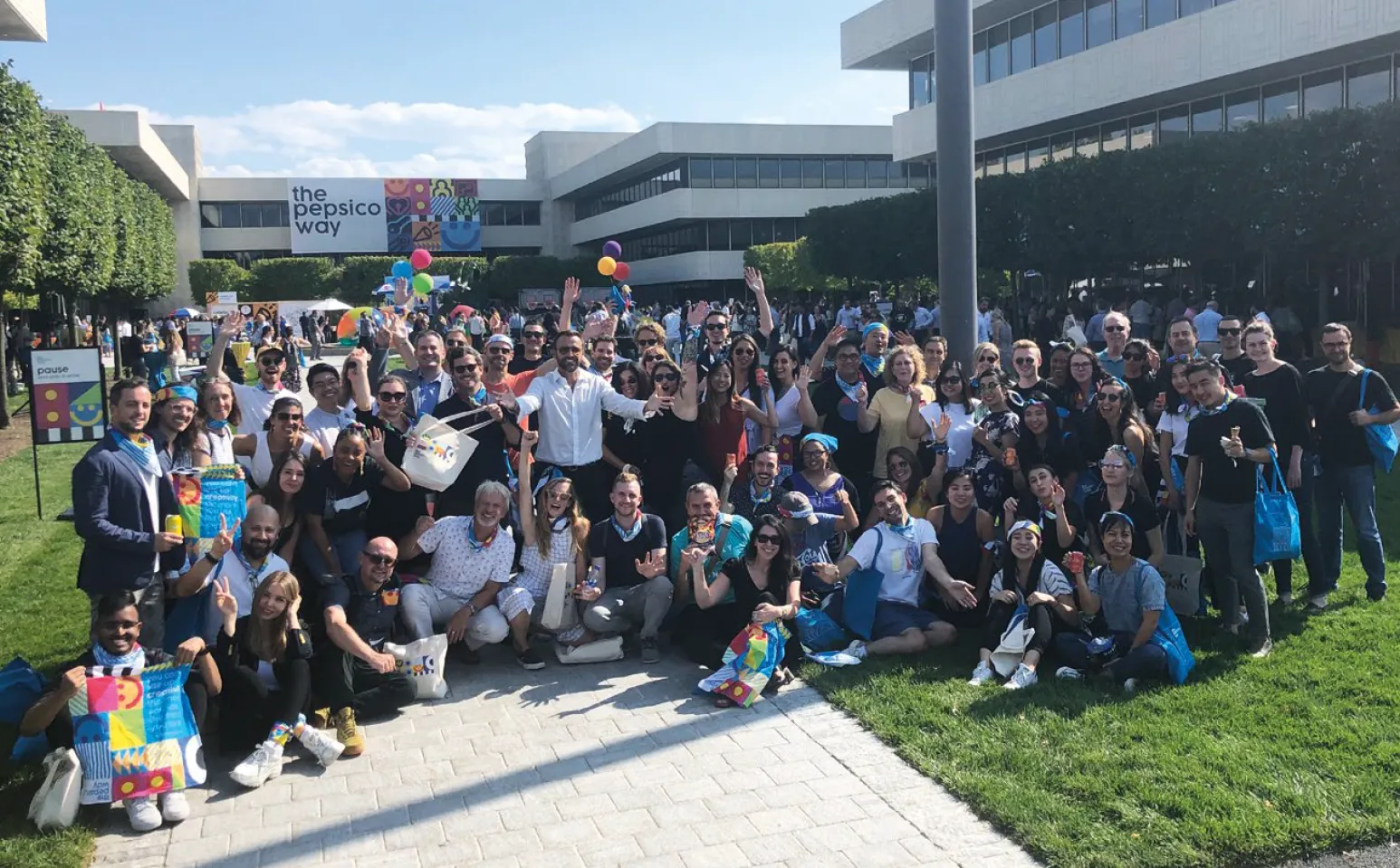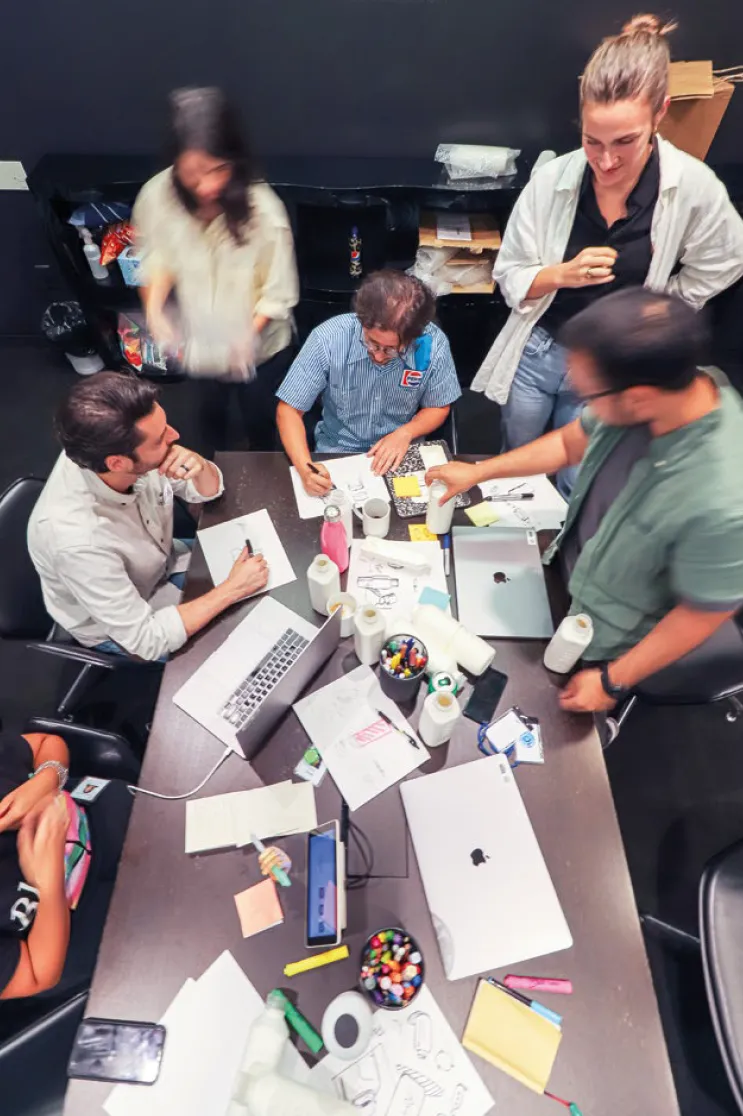
A table, a chair, a light-bulb, a toothbrush, a vase, but also a newspaper, a web page, a car... Each and everyone of the mass-produced objects that are part of our everyday lives has been sketched by a designer. But what's really behind the job title? Are designers creative professionals? Or are they artists in their own right?
Creativity can't really be defined as a profession, it's an inborn quality that one more or less possesses, but which can be cultivated. We can all be creative in our jobs. A designer is not an artist, either. Artists, or self-proclaimed artists, are motivated by the exclusive desire of expressing themselves, regardless of the fact that anyone listens or watches. Does a designer draw, then? Not really, designers' design! Or rather "devise" services or objects, according to the intended purpose they will need to serve, and which will subsequently be put into production. A design object must respect a least two criteria: for starters it must have a function, serving a precise purpose, then it needs to be launched on the market, in other words it needs to be sold.
Bruno Munari, Italian artist and designer, used to say: "the dream of an artist is to end up in a museum, while the dream of a designer is to end up in a supermarket". A design product must therefore enter the lives of people and address specific issues, whether they be expressed or latent. It has a duty to serve some purpose. Among the many functions of design, there's also that of "selling well".
Compared to other communication or self-expression means, or crafts at large in the sense of the creation of works of art, design addresses some theoretical questions in order to solve practical problems, or as Le Corbusier put it: "successful form is always the result of a well formulated problem".
Design can be defined as a complex process having multiple objectives: where it wants to get to, the issues it intends to solve, the needs and aspirations it wants to address, and the answers it is providing to people. What the designer really does here is to orchestrate the entire process.
THE INTERPRETER
A metaphor that can be used here to define the term “designer” is that of an interpreter: designers are translators, finding themselves acting as go-betweens for companies and their market, for the higher management and the production and marketing departments, for the object and the user, for form and function, for aesthetics and productivity, for dream and reality.
In order to enable two people of different nationalities to have a meaningful conversation, the interpreter needs to know the grammar and the vocabulary of their respective languages, but also their culture, creating the conditions for the best possible interaction. Equally, the designer needs to posses specific technical competencies in addition to a solid cultural background and some outstanding vision.
Beyond the rational process, designers have something more: talent, inspiration, which they draw from the immaterial worlds of beauty or poetry. The designer's final act of putting it all together will determine the quality, and success, of the new artefact or service, and as a consequence the potential improvement of our own lives.
One could also compare the designer to a film director, coordinating many different skills and a multiplicity of actors (clients, engineers, marketing experts, materials specialists™). Design is therefore not a pure act of creativity or genius, quite on the contrary it is the outcome of the collaboration with the different stakeholders in a bid to create products and services that perform perfectly under a technical point of view and at the same time are beautiful to look at, all of this while fully satisfying expectations and improving people's lives.THE SOCIAL FUNCTION OF THE DESIGNER
Our modern societies are transitioning from a linear economic model, with forever growing consumption implies the unlimited use of resources and vast energy waste, to a more sustainable, circular model. In this momentous, defining time of humanity, designers have the great responsibility of conveying new values for the well-being of all: sustainability, responsible design that takes into account a product's entire lifecycle, from production to end-of life management, usability of products for all, technology as a means and not an end in itself. It's high time that, like all of us, those who physically produce products, services or ideas, start taking care of the world around us.
WELCOME TO THE HUMAN SIDE OF INNOVATION

Copyright © Homa 2023
All rights reserved

.jpg?VGhlIFBlcmZlY3QgU2xvdC1pbijmraPnoa4pLmpwZw==)












.jpg?MTkyMHg3MjDvvIhkZXPvvIkuanBn)
.jpg?MTAyNHg3NDDvvIhkZXPvvIkuanBn)



















